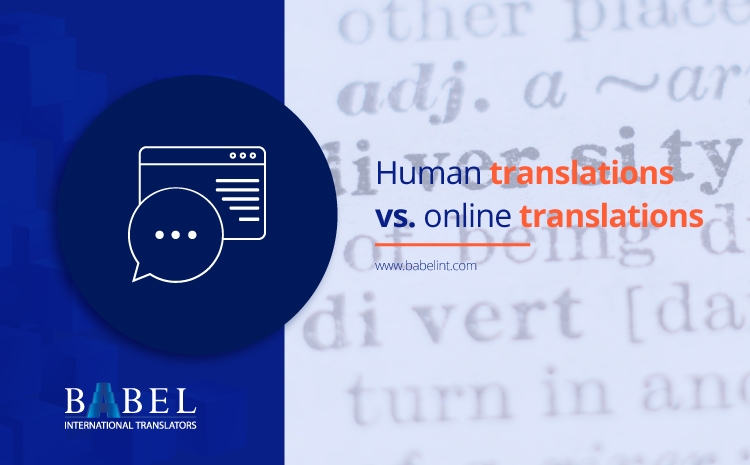
Human translations vs. online translations
Even though algorithm-based machine translation has reached previously unimagined levels of sophistication, humanity’s swansong in the world of language services is still quite a long way off. Let’s not forget that translating languages and symbols is fundamentally a human activity.
Since the discovery of the Rosetta Stone, which included three types of script and opened the door to understanding Egyptian hieroglyphs, human beings have understood the scope and fundamentals of translation in the development of our species. Three centuries later, we now have “online translators.” But how do they work?
It’s quite simple really. A program compares millions of texts and uses them to identify translation patterns that can be used in each specific case. The more it’s used, the more data it compiles and the more it learns, leading to further automation.
While this represents a significant technological advance, translation is more than just ‘data.’ It is also context, location, culture, grammar, expression and a whole array of subtleties that will fly over the heads of even the most advanced software. So, here are four reasons why you need human translation services:
- Professional understanding:
Have you ever spoken to a lawyer or doctor? Even though we speak the same language, it often feels they’re speaking in alien tongues. Even today, the jargon and terminology associated with each profession or industry often presents an insurmountable challenge for online translators.
Specialized translation for certain documents (agreements, certificates, medical files, etc.) require a specialist who not only understands the letters or symbols, but the regulations and policies of specific sectors.
- Cultural understanding:
In the UK they say lift, in the USA it’s elevator, in the USA it’s High School and in the UK it’s Secondary School… Each country has its own way of understanding and adapting language, representing our different understandings of the world.
Automated translation algorithms, though powerful, are still incapable of understanding context and jargon on a deeper level. Human professionals, on the other hand, tend to deal with this very well.
- Creativity:
Donatella Versace once said, “Creativity comes from a conflict of ideas.” Every translation represents a conflict of words, expressions, ideas… but an automated translation can’t recognize metaphor or allegory. Despite technological advances, the system is still based on literal and mathematically programmed translations.
Human discernment, together with our ability to identify contexts, allows us to understand and translate creative works – such as poems, for example. Only specialists have the required creativity to make sense of complex and abstract texts.
- Time:
Language, since it is inherently human, is inevitably tied to specific periods of time. Words once considered acceptable may be censored today, while ideas commonly held in the past can seem illogical to us. An accurate translation must consider time as well as space. Only human translators can analyze and understand the social variables that shape language.
Just to set the record straight, the foregoing doesn’t mean technology is useless. On the contrary, it’s a very useful complementary tool that helps optimize time. But, professional translations need the human touch to ensure documents accurately reflect the language, country, and culture in question.
If you are in need of translation services combining the best in technology with expert human skills, click here: